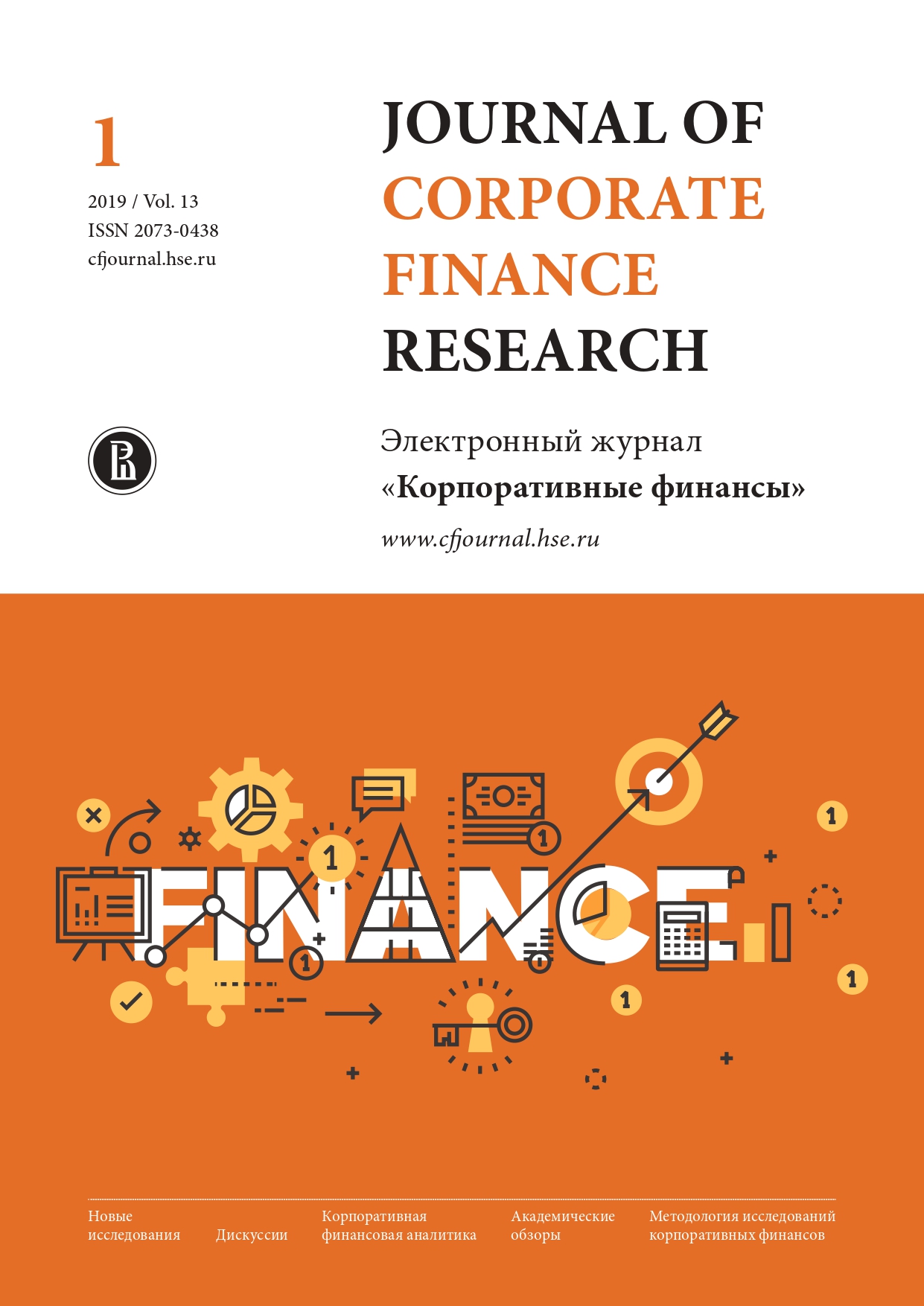Bankruptcy Risk Assessment in Corporate Lending Based on Hybrid Neural Networks and Fuzzy Models
Аннотация
The purpose of this article is the presentation of a novel and unconventional algorithm for bankruptcy risk management in banking technologies catered towards lending to legal entities (enterprises and companies). The challenges of assessing risk in this area primarily relate to the reduction of type I and type II errors when making decisions on the terms of lending (i.e. loan amounts and repayment parameters) on the ostensibly objective basis of a borrower’s creditworthiness assessment.
As such, it is necessary to use a unified procedure to select appropriate economic indicators for any bankruptcy model in order to reduce the high degree of uncertainty and noisiness of publicly available databases, and to take into consideration the specific character of knowledge-intensive, high-tech and “green” manufacturing. In order to approach this challenge, a mix of various methods is presented in this article, including credit scoring, neural simulation, a fuzzy model description, fuzzy inference rules, and a fuzzy Pospelov scale.
The research results are as follows: the authors have developed an unconventional algorithm for diagnosing corporate bankruptcy stages. This algorithm is based on the application of a system-wide law relating to decreases in integrated system entropy, contrasted with the sum of entropies of the relevant collated subsystems. This algorithm has been tested on a series of experimental observations of 30 agricultural enterprises in the Sterlitamak District of the Republic of Bashkortostan. We have thusly assessed the financial condition of borrowing companies, while controlling for the probability of a wide range of indicators.
Using this algorithm, the authors decided not to apply the rigorous requirements of the classical ‘least squares’ method used in regression analyses. A switch to a neural simulation approach in this algorithm necessitated an evaluation of the adequacy of the obtained model on the basis of a Bayesian approach. On the basis of this research, the authors propose that a regularisation of bankruptcy models has been achieved.

